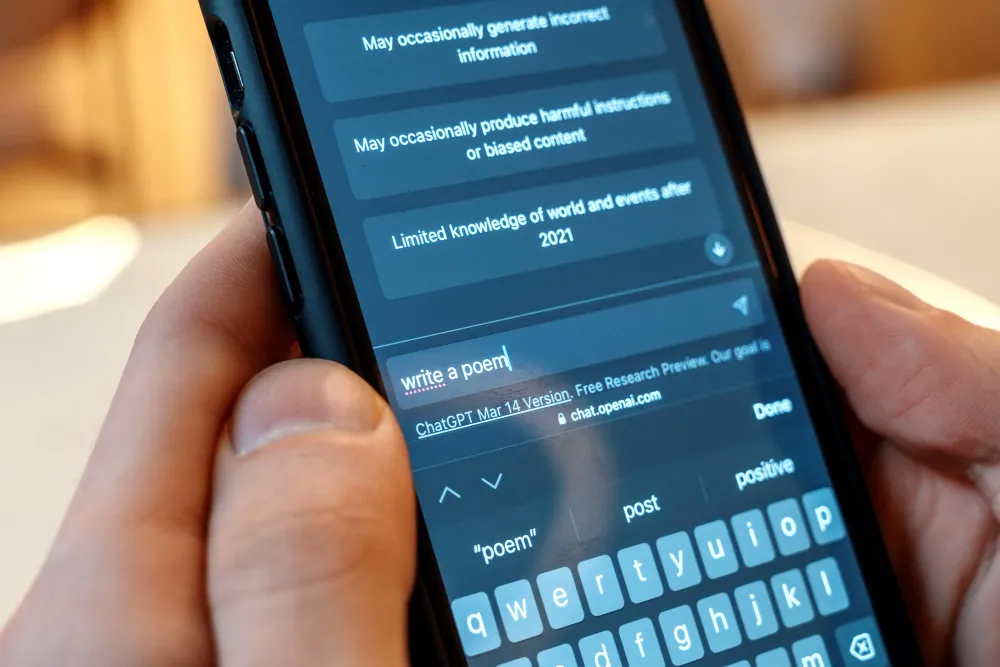Why should you track your business expenses?
According to a CBInsights analysis of 101 startups, the three main reasons small businesses fail are:
- No market need for their services or products (42%);
- Running out of cash (29%);
- Wrong team to run the business (23%)
Market research and great recruiting aside, keeping a tight leash on your expenses is essential to a healthy business. But in the hectic and demanding world of today, there is not enough time to brush up on accounting and Excel skills. Personalized spreadsheets and expense control apps can help with the processing of data but what is important to keep track of?
What are business expenses?
Expenses are everything that generates costs to your business, be them expected or not. To better organize your expenses, make a list of all you need to pay and divide them into the categories.
Different types of business expenses
Direct expenses
These are the ones you put money down for. They can be the inventory on-hand, costs of raw materials, expenses with employees, rent, utilities and transportation. Direct expenses tend to happen repeatedly and can be programmed or organized into your business’ routine.
Indirect expenses
They tend to change according to season or specific situations and aren’t so easily predicted because they depend on personnel and how the business is managed. General expenses, depreciation and marketing costs are some examples.
Depreciation
This is an important cost that usually goes unnoticed and needs to be taken into account, especially on businesses with big turnovers. Expenses with computers, furniture, property and equipment repairs or replacements are essential to get an idea of how much is being invested to keep the business running smoothly.
Interest
Everything that is owned, bought and sold generates interest and taxes. Since they are directly connected to your local Internal Revenue Service, a good accountant can help with the proper procedures to register and collect them.
Kyte is a Point of Sale App that controls payments, profits and revenue. Get your catalog online, get selling, get farther.
Get started nowGet started
How to control your business expenses?
Let's make this simple! Your business should have an increasing income and decreasing expenses. They should be checked daily to make sure there are no errors or missing transactions and managed monthly to get a wider view of the ups and downs in your financial history. To better understand how to go about keeping this control, we prepared a personalized spreadsheet.
[FREE DOWNLOAD] Business Expenses Spreadsheet
Be your business a physical shop or an e-commerce, a daily cash control will always come in handy. If you have a cash register or cashiers, keeping track of the bills and coins will help with lack of change so start your shift by counting the amount in the drawer and adding it to the Petty Cash column.
Ocasional money withdrawal can keep your petty cash to a functional minimum while keeping your profits safe in case of a burglary or employee theft. Every time money is removed from the drawer, keep track of the amount, time and person who deposited it. Once the shift is over and your shop will be closed for the day, check the amount in your drawer and add it to the Closing Time Cash column on the spreadsheet. Also keep track of the payments made using cards, be it manually or using the receipts of the card reader.
Once you have all the information from the day registered, it is time to check if nothing is missing or went wrong. With the daily balance in hand and all the deposits accounted for, separate your sales into payment methods. Compare the amount sold with the amount received and if they match, your work is done! If they don't match, go back to your receipts and logs to find out what went wrong.
If you have an account on Kyte, the spreadsheet will have a third verification step where you can confirm if what you sold that day was registered correctly on the app. You can use the Analytics tab and check the data on Payment Method.
On the bottom of the first tab in the spreadsheet you will find the field Discrepancies, it should always be zero. If the number is different from zero it means an amount was inserted incorrectly, perhaps something wasn't registered or added twice. It is there to triple check your daily balance.
Understanding income, revenue and profit
Keeping track of your revenue is quite simple but always keep in mind that the money registered in your sales might not be available to you immediately. On the second tab of the spreadsheet, Weekly Cash Flow, you will find a place to take into account installments, credits and customers who will pay later. To have a more concrete idea of your income for that week, sum the amount collected from your Daily Cash Report tabs of that week and add them to the Revenue column. Register the amount still not paid in the To Be Received column and you will see the actual amount of your income in that week.
Your income will be affected directly by your expenses so they should be registered in detail, regardless of being a once in a time expense or a repeated investment, a tiny amount or a shared expense. Add as many items to the list as you need and always keep receipts if you have them. At the end of the tab there is a percentage field that will show the amount of your income revenue that is being used to pay for expenses. Use this data to find ways to decrease this percentage.
The best way to make improvements to your business is to have a complete view of how it is doing. That is what the last tab of the spreadsheet: Monthly Cash Flow is meant to do. It will show you in detail the balance between money in and money out of your shop, so future plans to grow your business can be made based on the health of your current financial situation.









